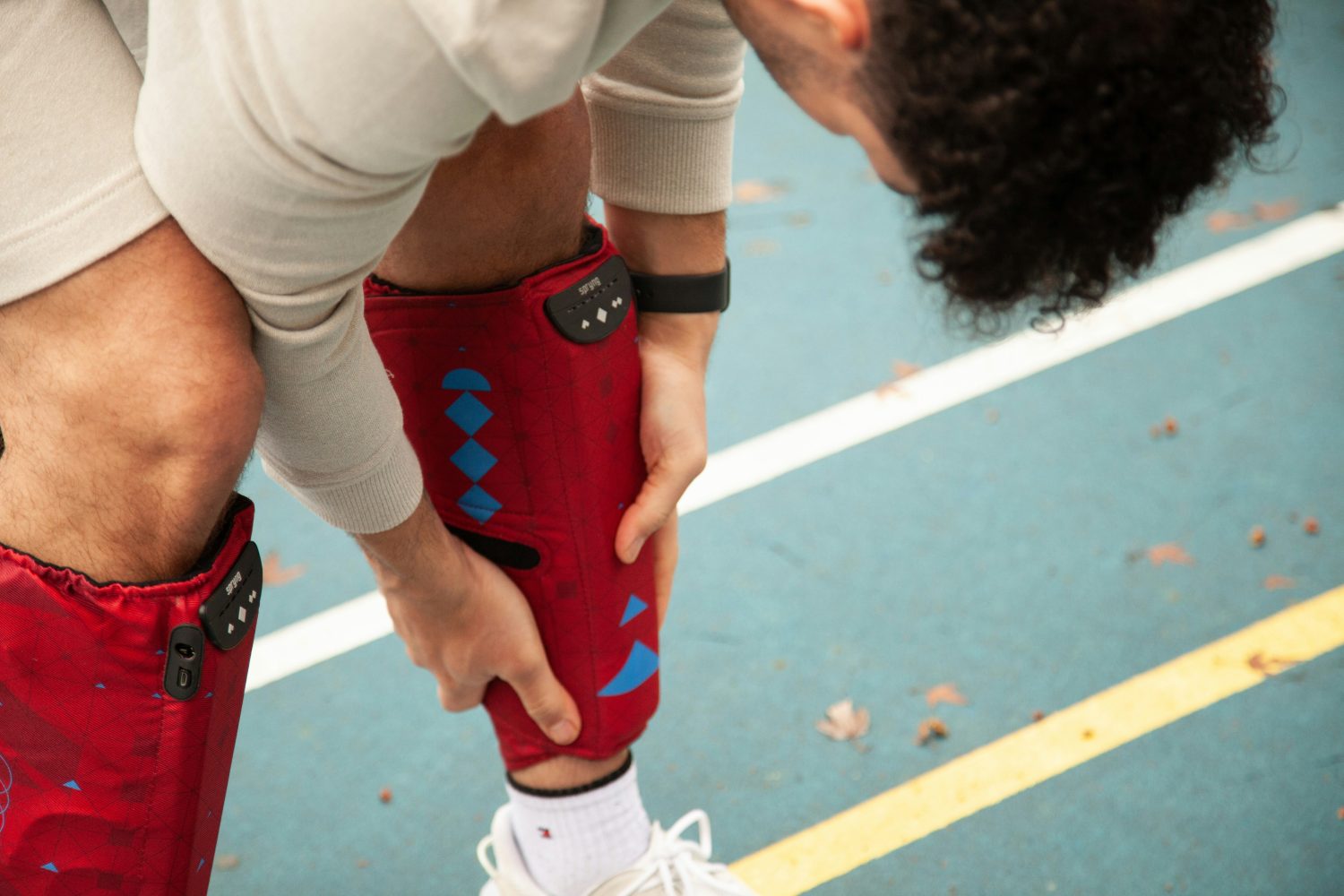Water retention – causes & solutions
Water retention, also known as oedema, is a common health problem that affects many people. A good fluid balance in the body is crucial for the well-being and function of our organs. In this blog post, we will take an in-depth look at water retention, its causes, symptoms and possible treatment options. We’ll also discuss tips for reducing water retention and promoting a healthy fluid balance. Let’s dive in and learn more about how we can best support our bodies.
Causes of water retention
Water retention can be caused by a variety of factors, from hormonal changes to dietary causes. Here are some of the most common causes:
- Hormonal changes:
- Hormonal fluctuations during the menstrual cycle or pregnancy can lead to increased water retention in the body. This can occur particularly in the days before menstruation or during pregnancy.
- Unhealthy diet:
- A diet high in sodium can cause the body to retain more water. Consuming highly processed foods, which are often high in sodium, can increase the risk of water retention. At the same time, a lack of potassium-rich foods, such as fruit and vegetables, can disrupt the balance between sodium and potassium and contribute to water retention.
- Lack of exercise:
- A lack of physical activity can slow down blood flow and favour fluid retention. Regular exercise, on the other hand, promotes blood circulation and supports the removal of excess fluid from the tissues.
- Taking medication:
- Some medications, such as certain antidepressants, blood pressure medications (such as calcium channel blockers or beta blockers) and hormone preparations, can lead to water retention. It is important to discuss possible side effects with a doctor, especially if you experience increased water retention.
- Sodium and potassium levels:
- An imbalance between sodium and potassium levels in the body can disrupt fluid balance and lead to water retention. Sodium binds water in the body, while potassium helps to excrete excess sodium. A diet high in sodium and low in potassium can exacerbate this imbalance.
- Diseases:
- Certain conditions such as kidney or heart failure can affect fluid balance in the body and lead to water retention. Kidney problems can cause the body to have difficulty excreting excess fluid, while heart failure can affect blood flow, which can lead to fluid retention in the tissues.

Symptoms of water retention
- Swelling:
- Water retention often manifests itself as swelling, particularly in the legs, feet, hands and abdomen. This swelling can increase throughout the day and become more pronounced in the evening.
- Weight gain:
- Because water is heavier than air, the accumulation of fluid in the body can lead to apparent weight gain. This can lead to those affected feeling heavier, even though there is no actual increase in fatty tissue.
- Fatigue:
- Water retention can also lead to fatigue as the body needs extra energy to eliminate excess water and restore normal fluid balance. This can lead to a feeling of exhaustion or general fatigue.
- Shortness of breath:
- In some cases, water retention can also cause breathing difficulties, especially if fluid accumulates in the lungs. This can lead to shortness of breath and make breathing difficult, especially during physical exertion or in a lying position.
If these symptoms occur, it is important to identify the cause and seek medical advice if necessary in order to receive appropriate treatment.
Tips for reducing water retention
- Diet: A low sodium diet can help reduce excess water in the body. This includes avoiding highly processed foods, which are often high in sodium, and adding fresh produce such as fruit and vegetables, which are rich in potassium. Potassium is an important mineral that helps to equalise sodium levels in the body and regulate fluid balance. Foods such as bananas, avocados, spinach and sweet potatoes are good sources of potassium and should be included in the diet.
- Exercise: Regular physical activity can improve lymph flow and circulation, which helps to remove excess fluid from the tissues and reduce water retention. Some recommended activities include walking, cycling, swimming and yoga, which keep the body moving and promote drainage of the lymphatic system.
- Hydration: Adequate hydration is critical to maintaining a healthy fluid balance in the body. It may seem counterintuitive, but drinking more water can actually help reduce water retention as the body tends to retain excess water when it is dehydrated. It is important to drink water regularly throughout the day and reduce salt consumption to optimise fluid balance.
- Natural remedies: Some natural products and herbs can help reduce water retention and support fluid balance in the body. These include herbal teas such as nettle tea, which has diuretic properties and can help with the elimination of excess water. Natural diuretics such as parsley, celery and asparagus can also help to support kidney function and increase water excretion.
These tips can help reduce water retention and improve well-being. However, it is important to consult a doctor if symptoms persist or are severe in order to receive appropriate treatment.

Treatment options
There are several treatment options to reduce water retention and relieve its symptoms:
- Diuretics: Medications that can support kidney function and promote water excretion. Diuretics are often used to treat water retention, but should only be taken under medical supervision.
- Compression stockings: Special stockings that can increase the pressure on the legs and promote blood circulation. Compression stockings can help to reduce swelling and relieve the feeling of tiredness and heaviness in the legs.
- Lymphatic drainage: A special massage technique that aims to mobilise the lymphatic fluid and promote the removal of fluid from the tissue. Lymphatic drainage can be helpful in the treatment of chronic water retention, especially in the legs.
It is important to see a doctor if water retention is severe or accompanied by other symptoms. Some warning signs that require immediate medical attention include
- Sudden or severe swelling, especially of the face, hands or feet
- Difficulty breathing or shortness of breath
- Chest pain or tightness in the chest
- Pain or tenderness in the area of water retention
These symptoms may indicate serious medical problems, such as heart failure, kidney problems or deep vein thrombosis, which may require immediate medical examination and treatment. If you have concerns about your water retention or are unsure if you need medical attention, it is advisable to see a doctor for proper evaluation and treatment.
Conclusion
In this article, we have provided a comprehensive overview of water retention. We have highlighted the causes, symptoms, treatment options and the importance of a healthy lifestyle. It is important to take the symptoms seriously and seek medical help if necessary. A conscious approach to diet, exercise and stress can help to reduce water retention and improve health.